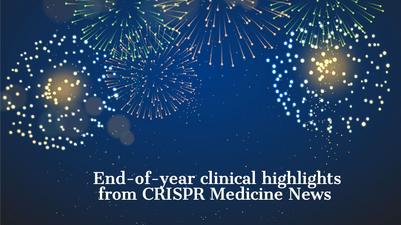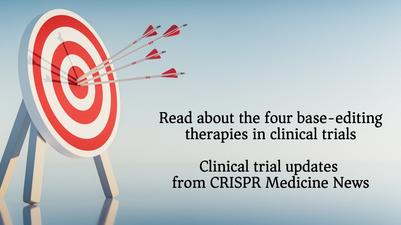Disease name: Sickle cell disease
ICD-10 Disease Code: D57.1
Sickle cell disease without crisis
ICD-10 Disease Group: D57 sickle cell disorders
General description:Sickle cell disease (SCD) is a group of genetic blood diseases characterised by the appearance of sickle-shaped red blood cells and defective adult haemoglobin. The sickle-shaped blood cells die earlier than healthy cells, leading to lowered blood cell counts. These cells are also sticky, and can clog blood vessels leading to lowered blood and oxygen flow, leading to pain and in some cases stroke.
The only cure for SCD is bone marrow or stem cell transplants from a healthy donor. However, bone marrow transplants are very risky procedures and can result in very serious side effects and even death. As a result, these transplants are only performed in children with severe symptoms of SCD and minimal organ damage.
Mutations:SCD is an autosomal recessive disease, caused by a single-point mutation on chromosome 11 in the haemoglobin-beta (HBB) gene. The HBB gene is responsible for the creation of beta-globin, a subunit in the larger haemoglobin protein. The mutation causes the production of sick beta-globins known as haemoglobin S or HbS. The mutation results in substitution of a glutamic acid with a valine at position 6 in beta-globin. This substitution is sometimes referred to as Glu6Val.
Disease frequency:Sickle cell disease is estimated to affect between 112 in 100,000 individuals worldwide.
Sickle cell disease affects males and females in equal numbers.
Symptoms:Symptoms vary greatly in patients suffering from SCD.
Anaemia is a common problem in poeple suffering from SCD. This is caused by the rapid death of sickle-shaped blood cells after only 10 to 20 days, where a normal blood cell has a typical lifespan of up to 120 days.
Vaso-occlusive crises (VOEs or VOCs) are the most commonly encountered complication in severe SCD, and these occur when small blood vessels get blocked because of sickled red blood cells which tend to be stiffer than healthy cells, and because the (haemoglobin S seen in some SCD patients renders the red blood cell membranes sticky. The resulting pain can last up to several weeks, and some adolescents and adults experience chronic symptoms. The blocking of blood flow can also result in swelling hands and feet in some individuals.
SCD patients are more vulnerable to infections because the sickled cells damage the spleen, which is the organ that produces the infection-fighting white blood cells.
Treatment:Daily treatment for SCD patients is limited to symptom control, dietary intervention and pain management.
There are currently three FDA-approved treatments for SCD. Two of are designed to reduce pain and the need for blood transfusions in patients and the other is designed to reduce the risk of acute complications associated with the disease. No direct treatment exists for SCD.
Sources:- https://www.mayoclinic.org
- https://www.genome.gov
- https://www.icd10data.com
- https://medlineplus.gov/genetics
- https://www.cdc.gov
- https://rarediseases.info.nih.gov








